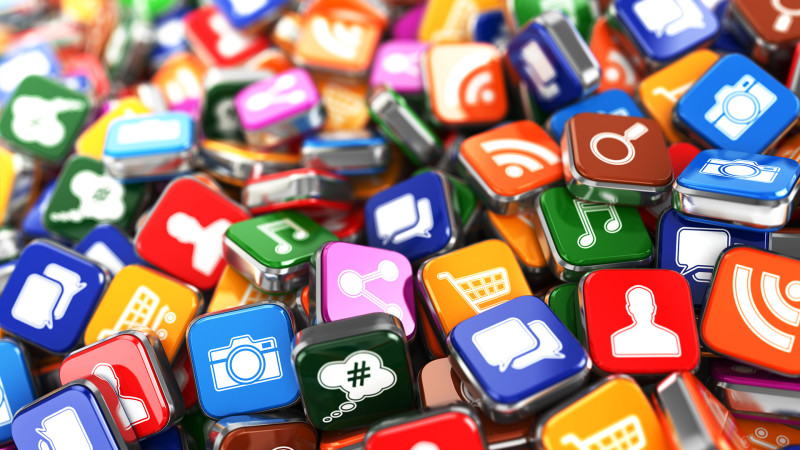Dive Brief:
- Samsung
unveiled its new Galaxy S8 and S8 Plus phones yesterday, simultaneously
introducing Bixby, a smart assistant meant to compete with Siri, Google
Assistant, Alexa and others. The news was detailed at a live event and in a press release.
- Bixby is
currently only available on the new phones, which feature a dedicated
button for accessing the digital assistant. A tight integration with the
built-in camera and voice commands that mimic touch commands are two of
Bixby’s unique features. Pinterest's visual search technology will support
image search in Bixby, according to Ad Age.
- The S8
phone will have a 5.8-inch screen and start at $750 while the larger S8
Plus will have a 6.2-inch screen and start at $850. They are available for
pre-order starting today and will land on shelves April 21.
Dive Insight:
Samsung needs a win in the smartphone space
following a tough year that saw a worldwide recall of its Note 7 device because
of battery issues, putting a dent in the company’s reputation as a leader in
the space.
The company, which has a lot riding on the
Galaxy S8, is turning the spotlight on Bixby as a key point of differentiation,
suggesting that digital assistants have become a must-have for mobile devices.
Apple, Amazon, Google, Microsoft and others may have beat Samsung to the table,
but the company is hoping a couple of marketer- and user-friendly features
could help it gain traction.
Bixby’s integration with the S8 camera
means users can point their phones at an item and ask Bixby for information
about it. It’s easy to see how this feature could be extended making a
purchase. With Bixby and the camera, users can also search for wine, identify
places and landmarks, translate text, find similar images and read QR codes and
barcodes.
Offering voice commands that can be used
instead of touch interactions is another point of differentiation, although
this feature currently only works for a few Samsung apps like the photo gallery
and messages. For example, users can tell Bixby to show them specific photos.
Other apps will have an opportunity to
integrate Bixby, suggesting this could be one way the company hopes to build a
stronger ecosystem, something that has been a challenge for it previously.
Building such an ecosystem of third-party apps and services is crucial if
Samsung is to compete with Google, Apple and Amazon, who have each built a
formidable combination of consumer-friendly hardware and complementary software
services.
#MobileMarketing #Application #G8appz



















